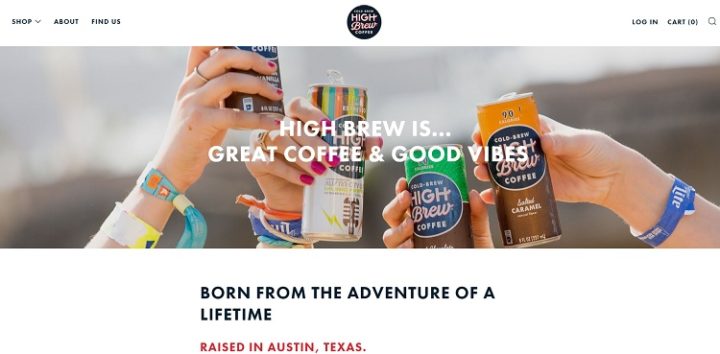Blog

Why Your Next Marketing Campaign Should Include Storytelling
From primitive man, who drew stories in pictures on cave walls, to today’s novelists, telling stories is a tradition as old as time. There is something about stories that draws the listener or reader into the tale and engages them. Everyone loves an interesting story that captures the imagination. When used as part of a marketing campaign, storytelling becomes a powerful tool to reach new customers.
Stories have an impact on the brain that makes them 22 times more memorable than just stating facts. This is because specific parts of the brain are activated when someone hears a story. Dopamine is then released into the system as the person experiences emotions. Everything works together to create a more memorable event for the consumer. Stories stay with those who hear or read them.
What stories look like for different brands and different campaigns vary. Here are some storytelling elements you should consider for your next marketing campaign:
1. Tap Into Emotions
Telling a story allows you to tap into the emotions of the viewer/reader. Common emotions are the best place to start. If you sell items for weddings, what is a common feeling people in the wedding party have? If you make toys for dogs, how do people feel when they give their dogs a new plaything? Anything you can do to relate on an emotional level draws in potential customers.

When Huggies decided to try to tap into the Canadian hospital market, it knew it would have a battle on its hands. Pampers was in 100 percent of the hospitals in Canada, but Huggies wanted to break into that market. The best concept they could come up with was to create a story about how hugs make a difference in the development of babies, particularly those with special needs, such as preemies.
The result was the hugs campaign. It released commercials both online and offline, giving facts along with images of babies needing extra care and getting hugs. Telling a story allowed Huggies to tap into the emotions of having a new baby.
2. Study a Target Audience
Choose a target audience and then study them to learn everything possible about that particular group. You should know their age, typical profession, what hobbies they have and where they live at a minimum.
The more information you gather, the better you’ll know this audience and the easier it will be to create a story they’d be interested in hearing.
3. Share Your History
If you make your brand relatable, then people are more likely to remain loyal to it. Why did you start your company? What challenges have you faced? What are you passionate about as the founder and as a brand? Each and every company has a unique story to tell that belongs only to them. The key is tapping into that information and sharing it in a compelling way.

High Brew Coffee was born from a trip the founder and his family took on the high seas. It worked every day, making the best cold brew coffee possible before taking it to market. High Brew Coffee shares this story on its website. It discusses how it figured out the way to brew delicious coffee and that it is sharing those recipes with customers.
The lesson to take away from High Brew Coffee is to share your story. Why do you do what you do? How is your product superior to others of its kind?
4. Let Customers Tell a Story
Since engagement is the name of the game these days when it comes to branding, involve your customers in the storytelling process. Ask them to share their stories about a particular holiday, something funny that happened to them or even how they use your product. `
About 92 percent of people say they trust their peers over an advertisement, so getting friends involved in spreading news about your brand helps with your trust factor. You can even form a community and allow customers to share their stories on your boards or social media pages.
5. Stand Out on Social Media
With social media storytelling, you take information that may not seem all that important and create a relevant and exciting campaign that attracts shares and followers. There is a lot of noise on social media these days. You can’t log in to Facebook without seeing at least a few ads, many blatantly self-promoting a product or service.
If you want to grab attention, you have to be unique and think outside the box. Storytelling is one way to be unique.

Heinz Ketchup does a good job on social media of sharing stories to engage page visitors and gain followers. A nod to the Fourth of July, Heinz takes the images of the United States’ founding fathers and turns independence on its ear, focusing instead on the right to have great mayonnaise.
6. Inform Your Customers
Even though it’s tempting to just be humorous and goofy with your storytelling, it is best to focus on the idea of getting information across. How you choose to distribute the information might vary.
One study found that 68 percent of consumers felt informational content is the most valuable type of storytelling. Only 17 percent felt content that simply entertains was valuable. Consumers respond best to content that is relevant and high quality, whether storytelling or any other type of information.
Storytelling Sticks
Strong stories stick with consumers and help them retain information and remember your brand and what you have to offer. However, there is a science to storytelling, so it’s important to focus on the factors you can control about the story and how it’s presented.
Storytelling allows your brand to stand out from competitors. Your story is unique to you and you alone. No other company has quite the same history or outlook on the market. Sharing that story is beneficial to both you and your customers.